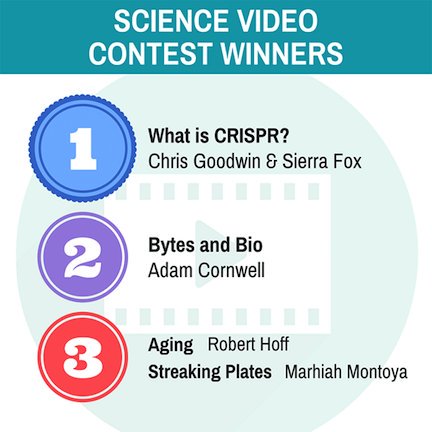Scientist to Business Executive – An Unexpected Journey
Career Story by Michael Krupp, CEO at Xfibra Inc., previous Senior Vice President at Chugai Pharma USA, and previous Director of Licensing & Development at Pfizer Inc.
When I entered my graduate education in biochemistry at URMC I expected to pursue a career as an academic researcher teaching and doing grant supported basic science research in biomedical sciences. I completed my Ph.D. and went off to the Department of Physiological Chemistry at Johns Hopkins for three years of postdoctoral research. Everything I heard from my advisers and mentors pushed me to seek an appointment at a University as an Assistant Professor. It was then that reality set in – (1) there were very few openings that were sought by many outstanding candidates and (2) opportunities in the pharma industry were plentiful and the work was interesting. This was my first career pivot!
Medical Affairs - Do You Have What It Takes To Succeed?
Career Story by Yuriy Shapovalov, Medical Science Liaison at Biogen
When I made the decision to move from academia to industry, the biggest question that entered my mind was “Would I be a good fit for this environment?” A career in the medical affairs division of a biotechnology or pharmaceutical company is one of several opportunities available to Ph.D. graduates who contemplate a move from the bench. But like with many of those choices, at the time I did not have much information about what medical affairs was and whether people like me had succeeded there before. My academic mentor suggested that I talk to somebody who actually worked in a medical affairs role and who could share their experience. And that is how my journey began in finding a first job in industry.
URBEST Internship Myths?
News Article by Tracey Baas, URBEST Executive Director
This month, I was fortunate to be invited to an External Advisory Committee (EAC) Meeting for a T32 Training Grant. It was a great learning experience because I got to listen to and chat with people (University of Maryland Baltimore County, University of Nevada-Reno, and University of Rochester) who have been successful in receiving funding for their T32 Training Grants. Another added benefit for me was that the EAC got to chat with past and present T32 trainees and heard three“myths” that were being shared about URBEST Internships. I’d like to address those three here so that people can make more confident choices about participating or not participating in an internship experience.
URBEST Trainees Become American Medical Writer Association Members
News Article by Tracey Baas, URBEST Executive Director
For the April URBEST Career Story, our speaker was Elizabeth Schiavoni, founder of Life Sciences Writing Solutions LLC. Trainees were invited to participate in an essay-writing contest, where three essayists would be awarded an American Medical Writer Association (AMWA) Membership. The rules were straightforward, yet not easy. “Write a ~500 word article, explaining how Environmental Protection Agency (EPA) budget cuts would affect your hometown or Rochester area and calling your audience to take action to protect EPA funding. The target audience of your article is a group of family members or neighbors, without scientific training or expertise, who are against government funding for environmental protection. You must not spend more than two hours researching, writing or editing your article. You must write your article at a seventh grade reading level." Who would Elizabeth select as the essay winners?
Budding UR Scientists and Science Communicators
News Article by Tracey Baas, URBEST Executive Director
Emily Boynton and Molly Miles from URMC’s Department of Public Relations and Communications met with a small group of URBEST trainees to discuss how the Medical Center and other academic institutions are sharing science in the social world we live in. They provided some examples of different types of visuals and videos that get great engagement on Facebook, Twitter and other social media sites. The goal? URBEST and The Public Relations and Communications team wanted to find and offer prizes for three original visuals or videos from students and trainees that highlight UR innovation and research. Money, video packs and fame!





